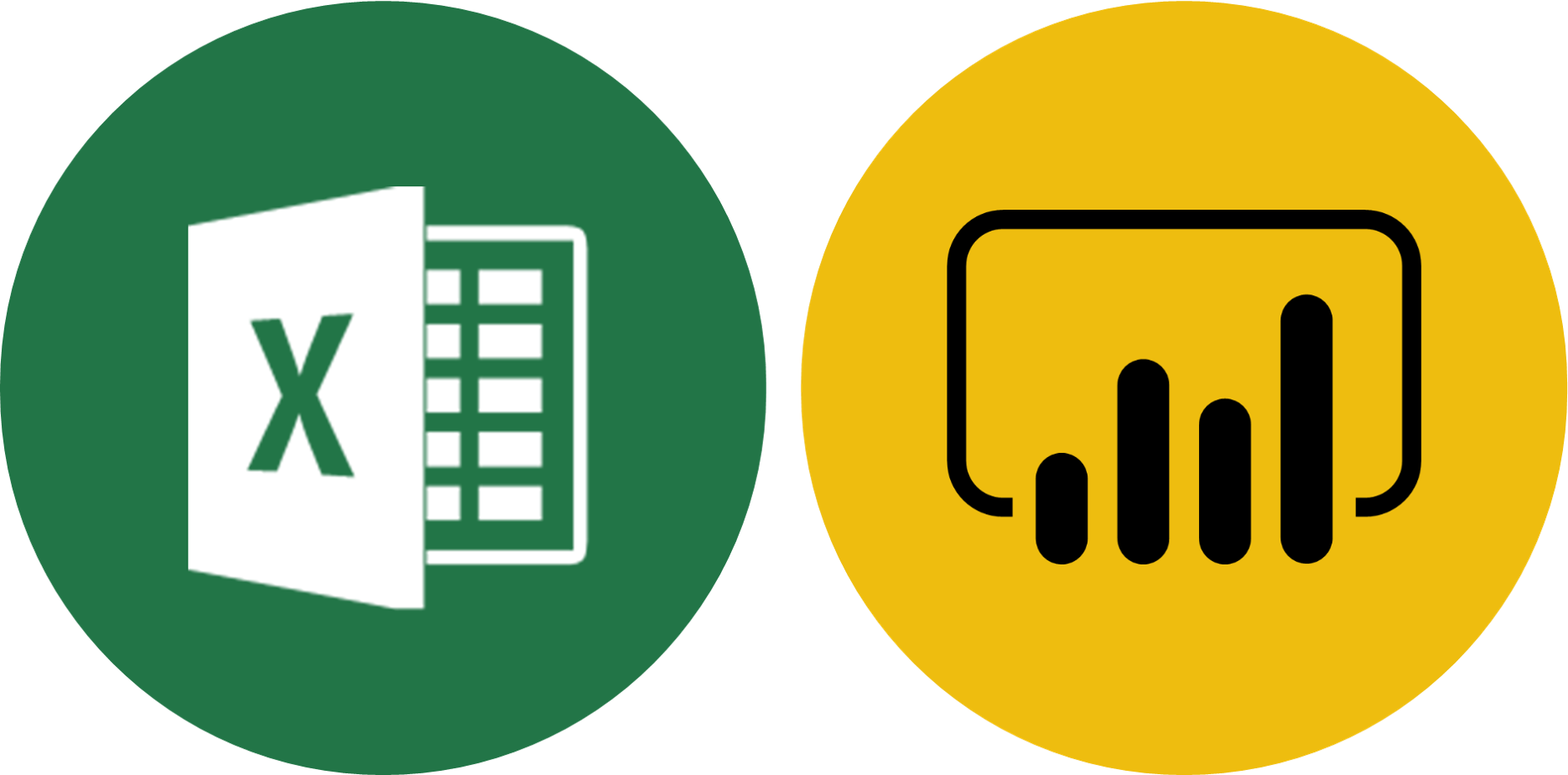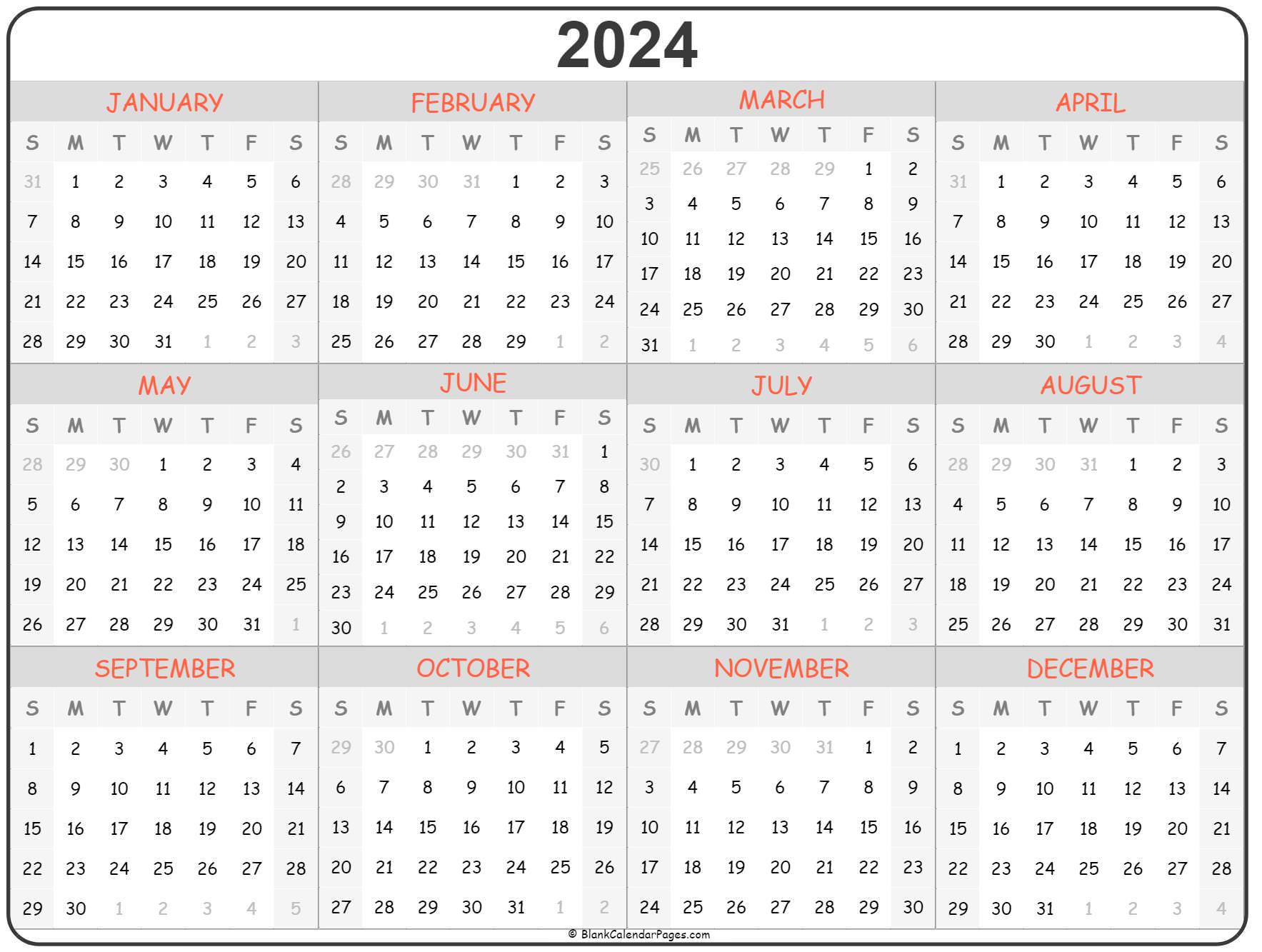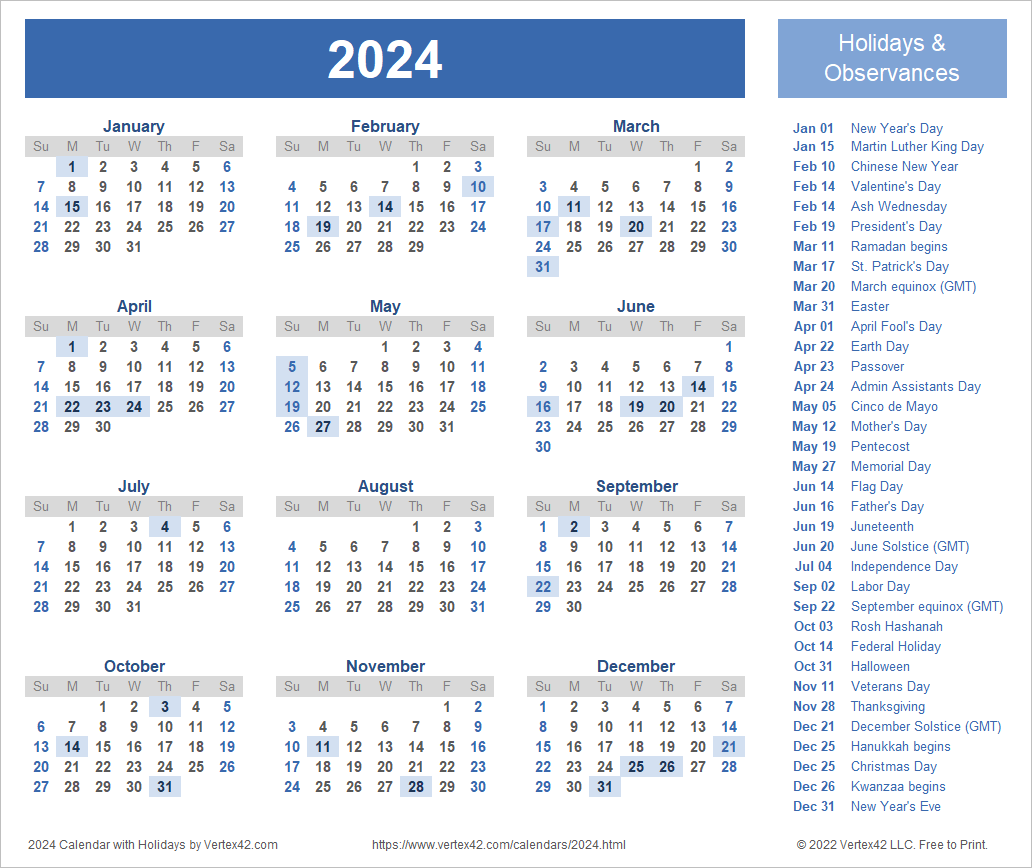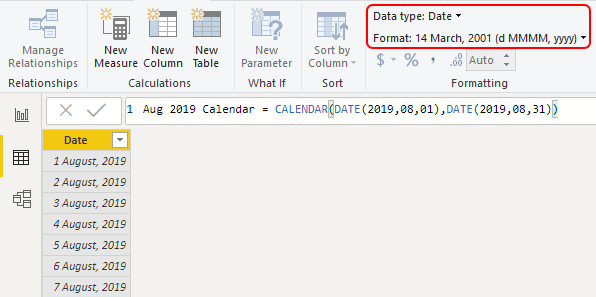Calendar Icon Power Bi 2024. There is no default visual for this, and many of the custom visuals are not very flexible, but Deneb has us covered. For this week's challenge, we are creating a calendar heatmap. Because this topic lists features that may not have released yet, delivery timelines may change and projected functionality may not be released. To do this go to File > Options and settings > Options > Data Load and then uncheck Auto Date/Time. A user's selected layout will persist for subsequent visits to Home. Power BI doesn't have a built-in calendar visual. In this article and video, I explained how you can use built-in visuals to create a calendar visualization in your report. The previous layout (aka Expanded layout) will still be accessible via the layout switcher on Home.

Calendar Icon Power Bi 2024. How it works Each auto date/time table is in fact a calculated table that generates rows of data by using the DAX CALENDAR function. There is no default visual for this, and many of the custom visuals are not very flexible, but Deneb has us covered. But as you can see I in my data, every phase has a start date of the phase. We all use them in our data. Follow the below steps to create a calendar table in Power BI. Calendar Icon Power Bi 2024.
We all use them in our data.
The example PBIX is attached to this post.
Calendar Icon Power Bi 2024. Power Query to connect to a date dimension table. The date table must be marked as a date table. For this week's challenge, we are creating a calendar heatmap. When you specify your own date table, you control the date hierarchies created in your model, and use them in quick measures and other operations. In Power BI Desktop, you can specify the table you want your model to use as its date table, and then create date-related visuals, tables, quick measures, and so on, by using that table's date data.
Calendar Icon Power Bi 2024.






